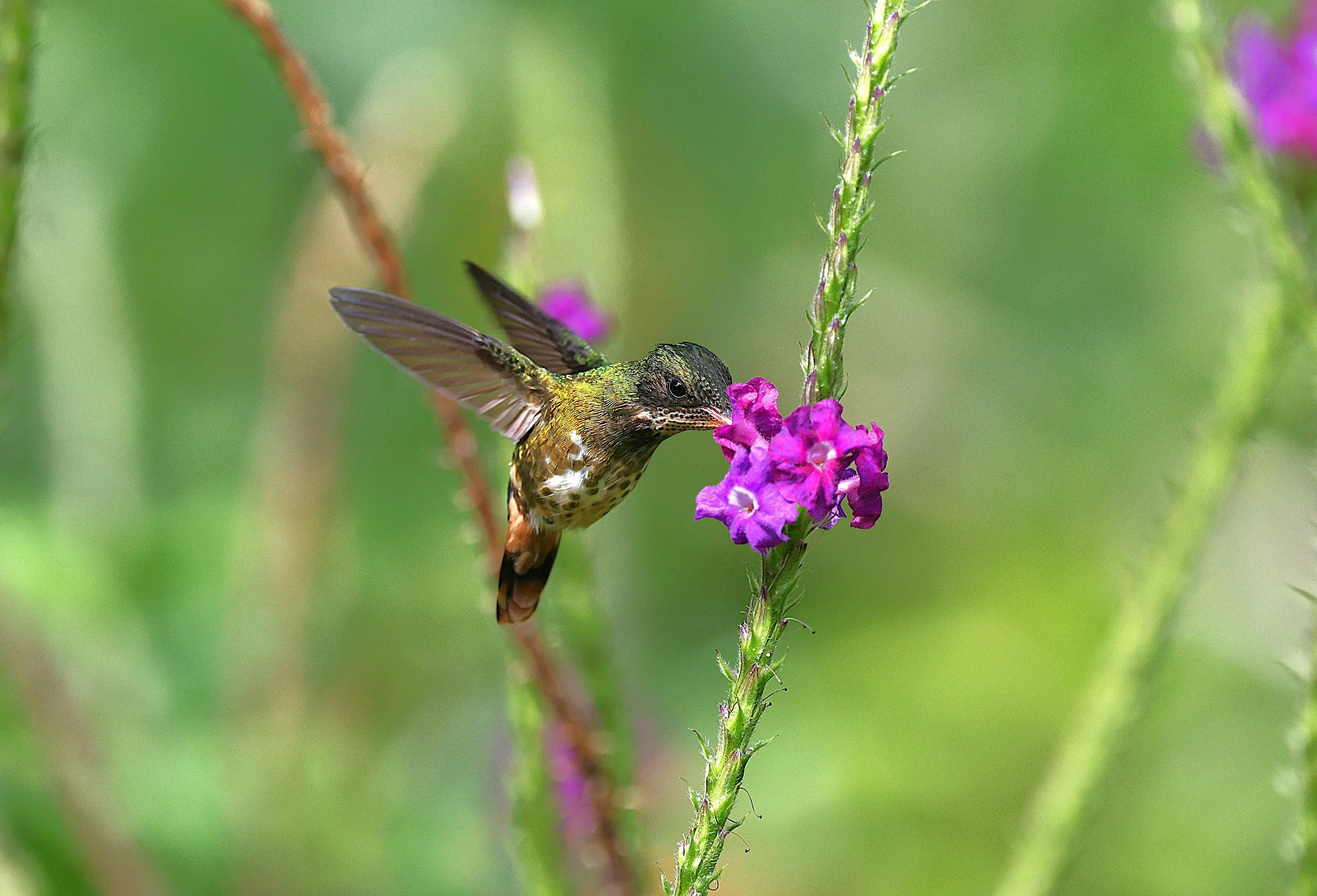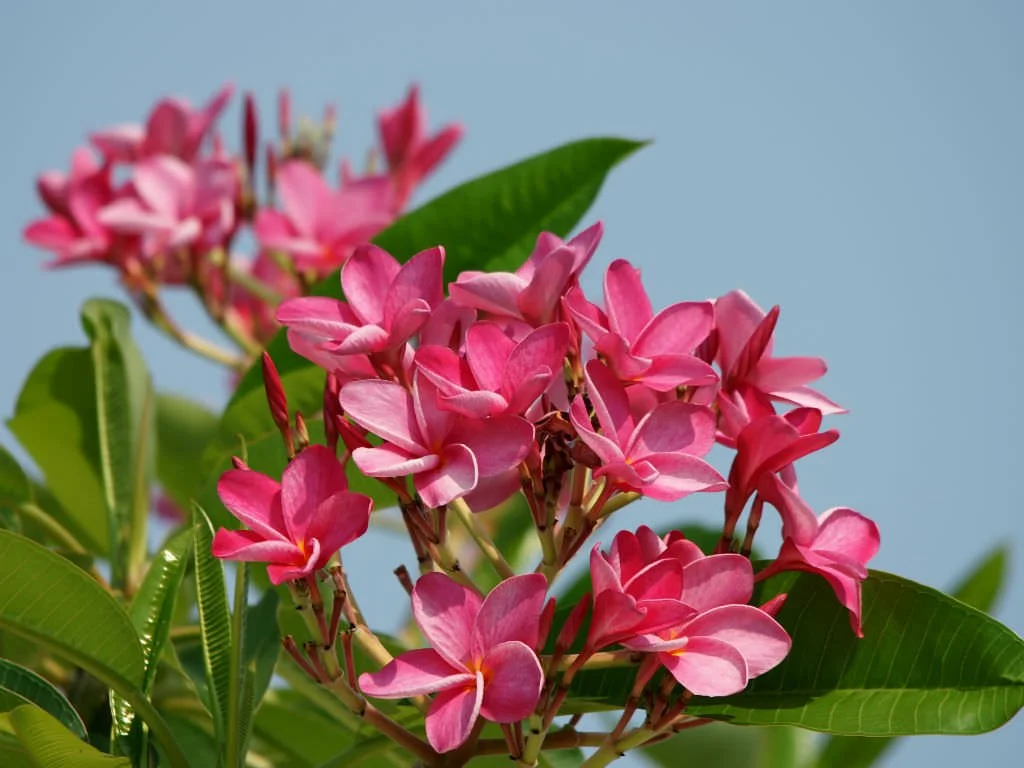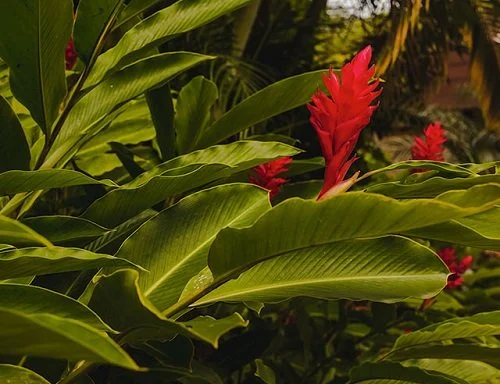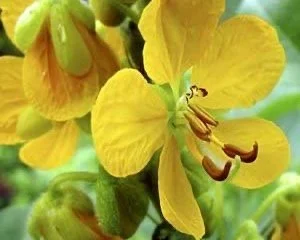Gardening in Nosara: How to Attract Pollinators to Your Nosara Property
Nature’s primary role is to create life and help it thrive — something it does beautifully when left undisturbed. But as Nosara’s popularity grows, local ecosystems face increasing pressure. With development comes habitat loss, and the incredible biodiversity we all cherish — from hummingbirds to howler monkeys — begins to decline.
Fortunately, there’s good news: You don’t need to be a biologist or reforestation expert to make a positive impact. Supporting Nosara’s wildlife starts right in your own backyard by creating a sustainable, pollinator-friendly garden.
Start Small, Let Nature Lead
While seeing monkeys, iguanas, or pizotes wandering through your garden is the dream, attracting those species starts with the smallest — pollinators. Bees, butterflies, and hummingbirds play a vital role in healthy ecosystems by supporting plant life, which in turn supports everything else.
Why Gardens and Plants Matter for Pollinators
A thriving pollinator population jumpstarts the biodiversity cycle that brings larger species back to your land. Pollinator species are searching for two things:
Nectar: Their energy source — packed with sugars.
Pollen: A rich source of protein and fats essential for survival.
9 Simple Ways to Create a Wildlife-Friendly Garden in Nosara
1. Connect with Local Native Plant Experts
Nosara is part of one of the most biodiverse regions on Earth. Instead of guessing what to plant, visit your nearest native plant nursery — they’ll guide you toward species that support pollinators, attract hummingbirds, and help restore wildlife habitats in Costa Rica.
2. Prioritize Native Plants for Pollinator Gardens
Nosara’s wildlife evolved alongside its native plants for thousands of years. Native species:
Provide food for birds, butterflies, and mammals.
Thrive with minimal water or fertilizer.
Support soil health, reforestation, and natural regeneration.
3. Use a Variety of Flower Colors to Attract Hummingbirds and Bees
Bees love: Blue, purple, violet, white, and yellow.
Hummingbirds love: Red, orange, pink, and yellow — they can’t smell but spot bright blooms from afar.
4. Plant Flowers in Clusters for Maximum Pollinator Attraction
Grouped plantings — at least 1.2 meters (4 feet) wide — are more visible to pollinators than isolated plants. The larger the patch, the more butterflies, bees, and birds you’ll attract to your garden.
5. Mix Flower Shapes and Sizes to Support Pollinator Diversity
Costa Rica boasts around 650 bee species, with at least 100 native to Guanacaste alone. Different species prefer different flower shapes, so variety is key. The same applies to butterflies and hummingbirds.
6. Plan for Year-Round Blooms to Sustain Wildlife in Nosara
To keep pollinators visiting in every season:
Include species that flower during both dry and rainy seasons.
Plant early, mid, and late-blooming varieties for consistent habitat support.
7. Sunny, Sheltered Spots Are Best for Pollinators
Pollinators prefer sun-drenched areas protected from strong winds. Observe your yard and position plants accordingly to maximize success in your Nosara pollinator garden.
8. Dead Trees Are Living Ecosystems
Resist the urge to clear fallen or standing dead trees unless they pose a danger. These natural structures:
Provide shelter for birds, mammals, and insects.
Recycle nutrients back into the soil.
Stabilize land, promote water retention, and act as natural wind barriers.
9. Let Nature Rewild Your Space
Once you’ve planted for pollinators:
Step back and observe.
Over time, native plants multiply, trees mature, and larger species — monkeys, squirrels, birds — follow naturally.
A wildlife-friendly, sustainable garden means less maintenance and a thriving, biodiverse landscape.
Recommended Native Plants for Pollinator Gardens and Wildlife Habitat in Nosara
Here’s a shortlist of easy-to-grow species proven to attract pollinators, support biodiversity, and create thriving wildlife-friendly gardens on your Nosara property:
Common Name: Icaco
Scientific Name: Chrysobalanus icaco
This evergreen shrub blooms with beautiful flowers throughout the dry season and requires little to no maintenance. Its fruits are eaten by iguanas, birds, monkeys, and much more.
Common Name: Coral
Scientific Name: Odontonema tubaeforme
The common name for this plant is variously derived from the bright crimson flower bract that resembles a coral head, or from its striking red color. Important source of nectar for hummingbirds and butterflies.
Common Name: Pinuela
Scientific Name: Bromelia pinguin
The pineapple plant, also known as the spiky bromeliad, is a beautiful tropical flower with a brilliant red bloom at its heart. The pinuela is a great option for constructing a natural fence.
Common Name: Piper
Scientific Name: Piper Umbellatum
Bats eat the fruit and, in return, disperse the seeds. This plant is also an excellent hedge for a natural-looking border around a lawn.
Common Name: Flor Blanca
Scientific Name: Plumeria rubra
A beautiful, tall tree with architectural blooms and branching configurations. Hummingbirds are attracted to the flowers.
Common Name: Lantana
Scientific Name: Lantana camara
This herbaceous shrub plays an important role in the ecosystem due to the massive array bees, butterflies, and other pollinators it attracts. It is frequently seen growing near Asclepias curassavica (Viborana), where monarchs are sure to visit.
Common Name: Tabacon
Scientific Name: Anthurium cubense
Epiphyte is derived from the Greek words epi (upon or upon) and phyton (plant). In simple terms, it grows on trees, often to a tremendous size.
Common Name: Viborana
Scientific Name: Asclepias curassavica
This plant, often known as Milkweed and sometimes called Queen Millet, is where the local monarch butterflies deposit their eggs. It is an essential element of their natural environment and has lovely yellow, orange, and crimson flower.
Common Name: Pico de Pajaro
Scientific Name: Hamelia patens
Pico de Pajaro is distinguished by red leaves, dark purple berries, and brilliant orange blooms. Fans of its fruit include hummingbirds, which also drink the nectar from the flowers.
Common Name: Robo de Gato
Scientific Name: Stachytarpheta frantzii
Named after a type of cat, Robo de Gato is a soft-leafed shrub with long bracts of purple flowers. It is a popular plant that attracts hummingbirds, butterflies, and bees.
Pro Tip: Many of these species are drought-tolerant once established and can thrive with minimal care, perfect for beginners and those looking to support Costa Rica’s reforestation efforts with a low-maintenance wildlife garden.
Your Backyard Can Help Support Nosara’s Future
By making small, intentional choices on your land, you help rebuild habitats, stabilize soil, promote biodiversity, and ensure that the Nosara wildlife we all love — from hummingbirds to howler monkeys — has a home too.











